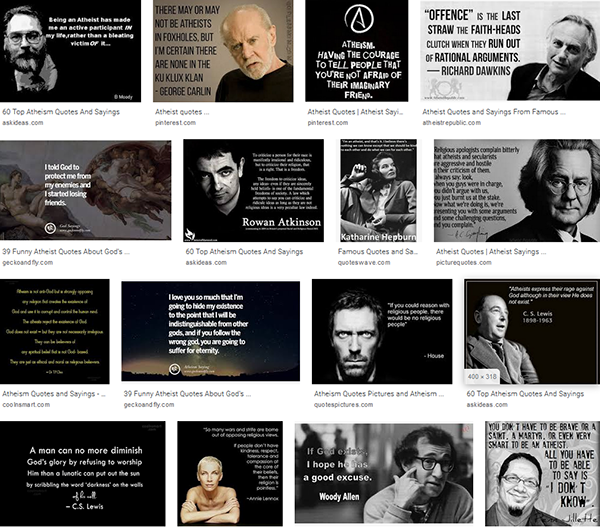Something I’ve observed among atheists, is a narrow legalistic stance informed by separation of church and state. For example, saying religion is 100% fine until you bring it into government policy. Or, religion is completely acceptable unless you’re forcing it upon other people. This stance does not seem at all consistent to me, and it was a perpetual annoyance back when I participated in the atheist movement.
And you know, who cares anymore, the atheist movement is dead.
Nonetheless, it’s a pet peeve of mine, especially when I see the same reasoning applied other realms. Say, statues memorializing racists. Can you imagine believing that racist statues are 100% fine unless they’re on public property?

